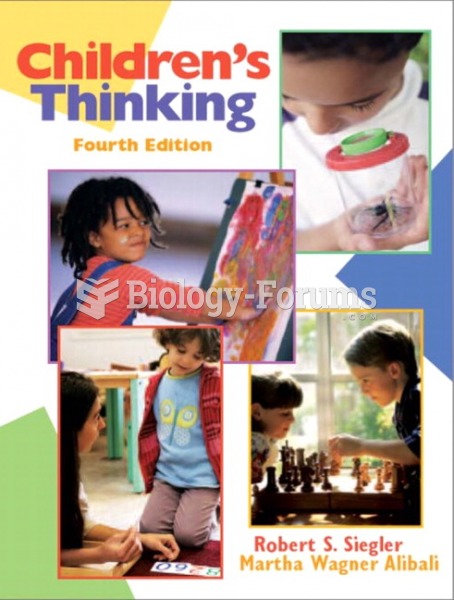Answer to Question 1
For peasant children, the passage into adulthood was abrupt. As soon as they were physically capable, children of all classes were expected to engage in adult roles.
Among the working classes, males engaged in farming and/or learning a skilled trade, such as masonry or metalworking; females aided in food preparation or household maintenance.
Some peasant youths went into domestic or agricultural service on the estate of a powerful landowner or into trades or crafts, perhaps as a blacksmith or horseshoe maker.
At age 7 or 8, boys born to landholding families were either sent to a monastery or cathedral school to be trained for lives in the church or selected to be a member of the warrior class and sent to serve a term as a squirean apprentice and assistant to an experienced knight.
At age 21, young men of the knightly classes completed their term as squire, received their own knighthood, and returned home to live with their parents. Most remained single because it was widely believed there should only be one married couple residing in a manor or castle.
Upon the death of their fathers, young nobles assumed their inherited titles, married, and began their own families,
The customs and practices of the time helped shaped the lives of children and, in some instances, greatly amplified their hardships and suffering.
Primogeniture often caused intense family rivalry that led to blood feuds and tragedy. as the oldest surviving male child inherit family lands and titles. He could then distribute them as he saw fit to younger siblings.
There was no absolute requirement, however, that portions of the estate be distributed equally; many youths who received no lands were forced to enter religious orders, become soldiers, or seek wealthy patrons.
Answer to Question 2
a







